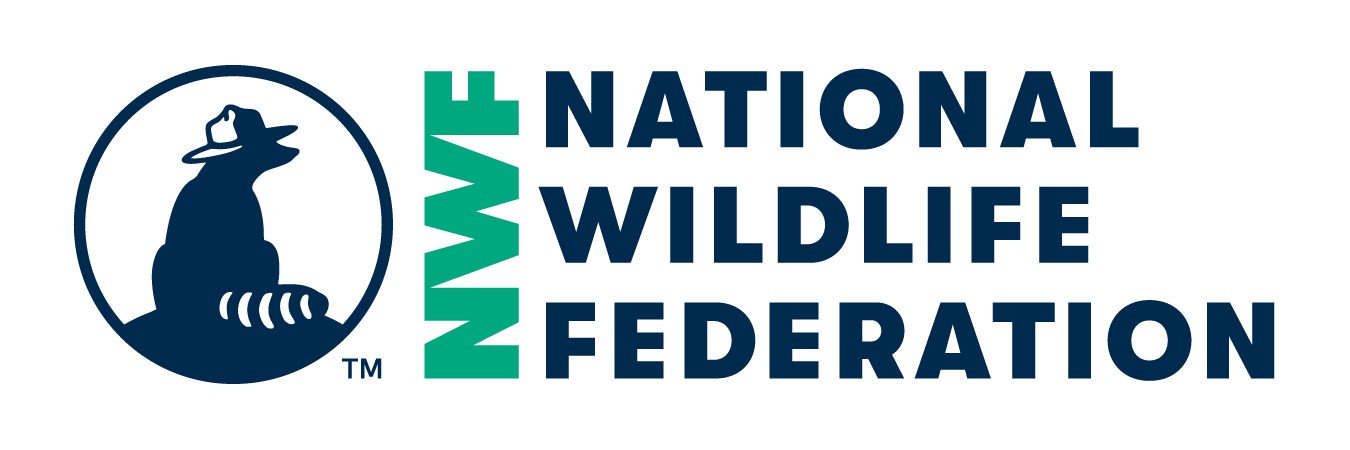Imagine, if you can, the quantity of “stuff” that has to be purchased on your campus to ensure that it continues to function properly. Paper, books, computers, food, cleaning supplies, vehicles, office and classroom chairs and desks. The list could go on and on. Now imagine if every item that was purchased followed a set of guidelines that minimized the environmental (and social) impact of that item.
For example, all paper purchased was from 100 percent post-consumer, chlorine-free recycled material and Forest Stewardship Council certified. Use this pathway to determine how you can help to improve purchasing on your campus.
Purchasing is a less-talked-about area of sustainability but has huge potential to improve your campus environmental footprint. Talk with your office of sustainability or purchasing office to get a better idea ofhow purchasing works on your campus and what role students can play to improve purchasing efforts.
Some ideas to get you started:

Determine what guidelines your institution has as it relates to purchasing and to understand if purchasing is centralized or decentralized

Understand how contracts are awarded and if sustainability-related language is part of the contract

Host a forum or a town hall on the importance of sustainably procured products
Interested in pursuing a sustainable purchasing career? Check out the sustainable purchasing careers outlook in the EcoLeaders Career Center to learn more about careers in the field, hear from professionals, and map out your career plan.







